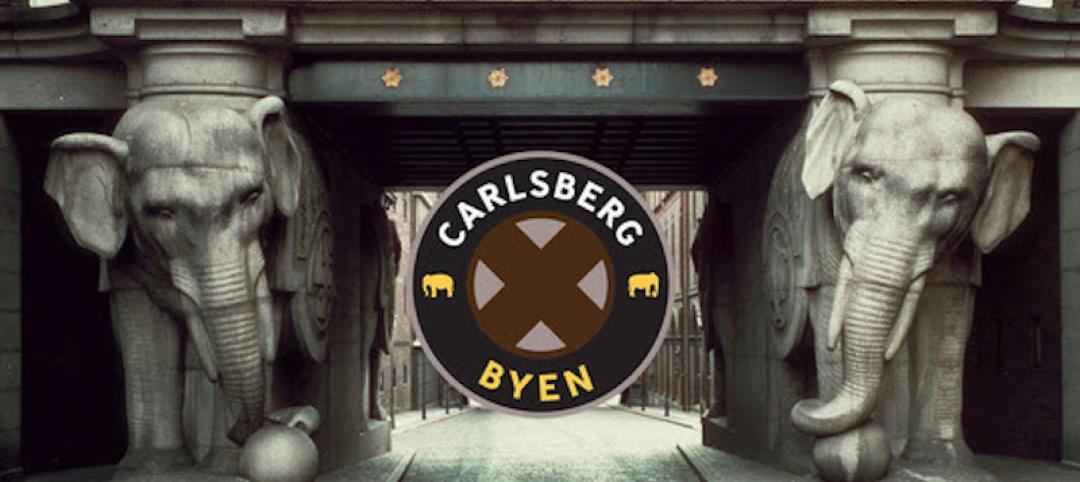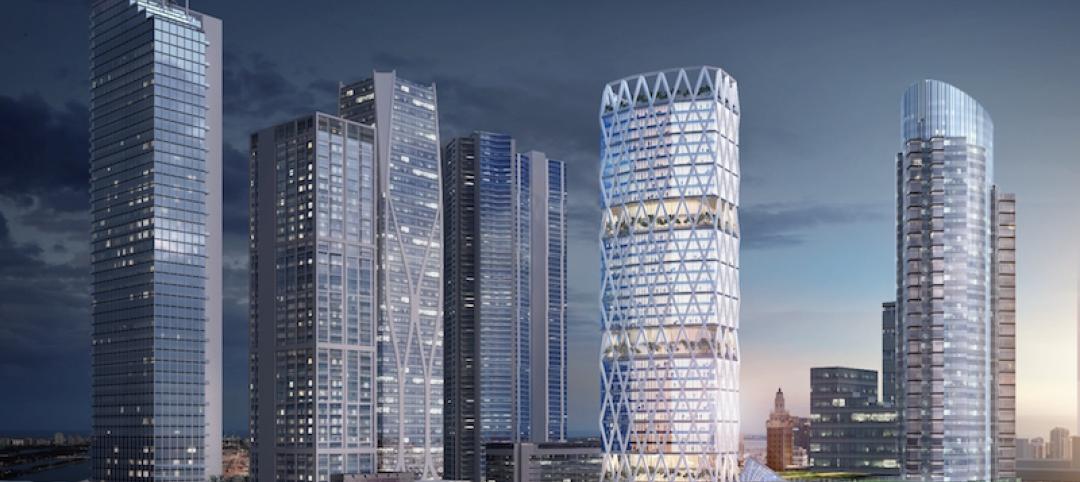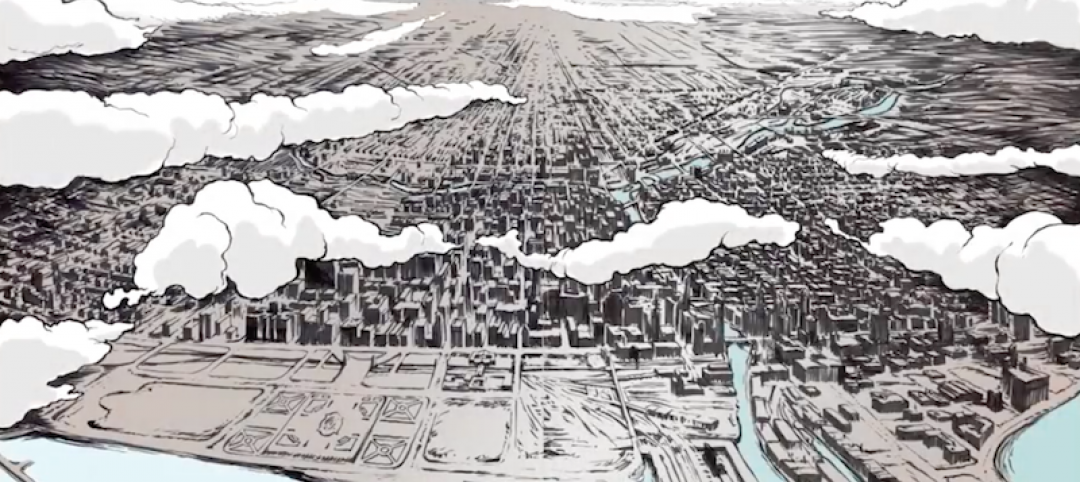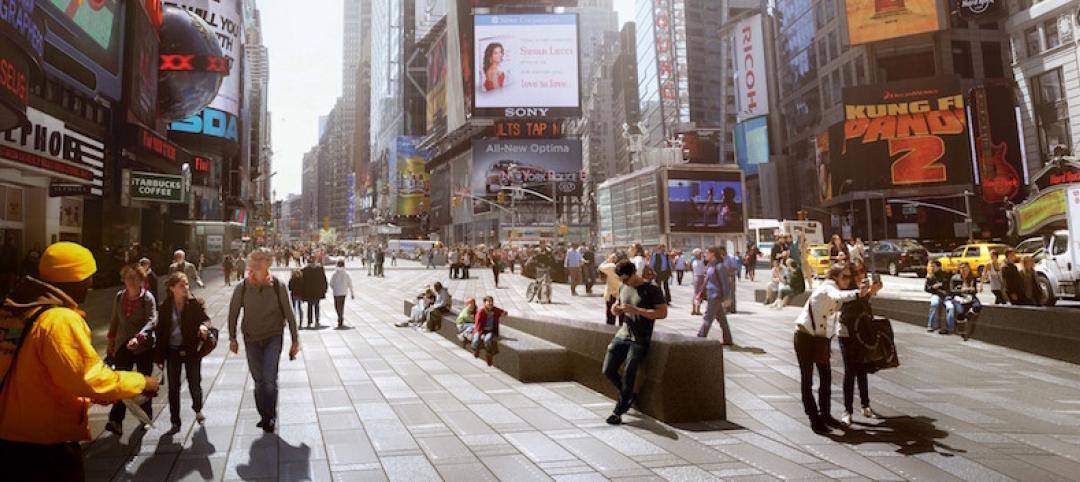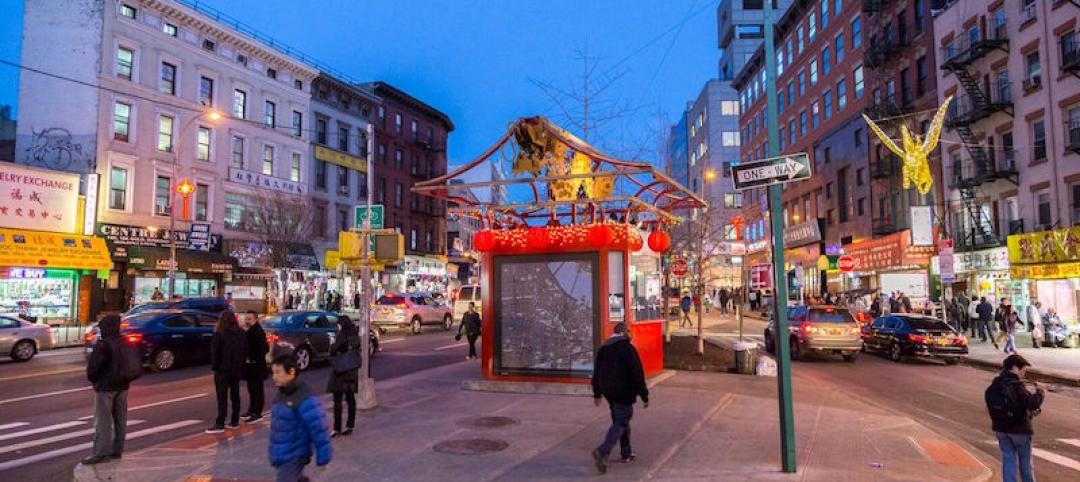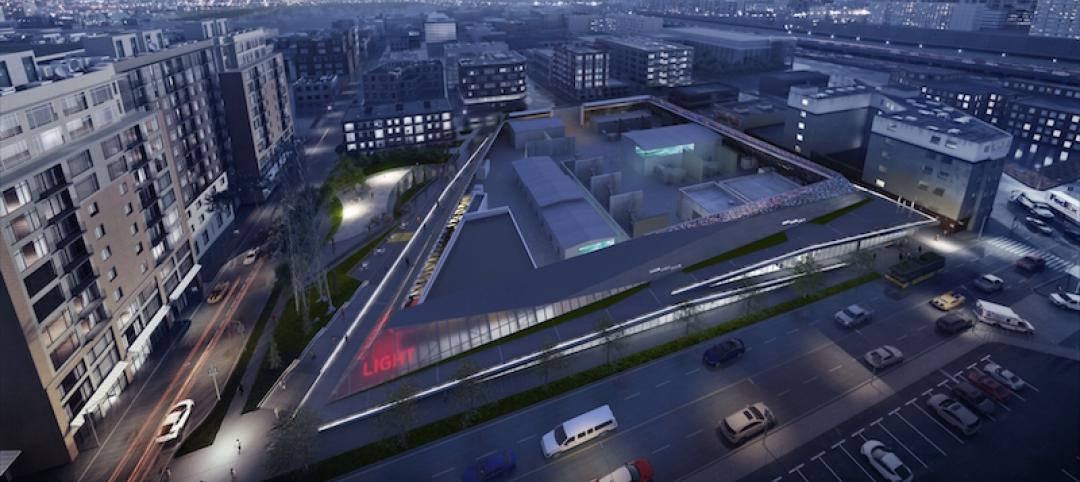Last summer, the New York Times ran a story with the headline “The Capital of Car Culture, Los Angeles Warms to Mass Transit.” That article focused on the recent opening of extensions of L.A.’s Expo and Gold transit lines, and a tax-funded initiative that would finance 40 major transit projects over the next 40 years, including 100 miles of new rail lines and a train tunnel through the Sepulveda Pass to connect the L.A. Basin with the San Fernando Valley.
Cities around the country, from Denver to Tyler, Texas, have embraced transit investment as an economic stimulus. The Federal Transit Administration (FTA) estimates that every dollar spent on transit translates to $4 in economic returns. Property located near transit is up to 150% more valuable. And every $1 billion invested in transit supports at least 20,000 jobs.
Amtrak recorded a record $3.4 billion in revenue in fiscal 2018 from 31.7 million passenger trips, and its lowest operating loss ($168 million) since 1973. And transit-oriented development is now an abiding model for such new construction projects as office buildings, stadiums, and entertainment districts.
So it’s not surprising that public transit ridership across the U.S. was up by 11% between 2010 and 2017, compared to a 6% increase in car ridership during that period, according to a new report on urban public transportation trends that the website STORAGECafé released late last month. STORAGECafé is part of Yardi, the property management software provider.
“Better public transit can make and shape a neighborhood and improve the character of a city,” the report states. “It can provide for the whole range of workers that are needed from refuse collectors to college professors, not to mention addressing environmental concerns. The U.S.’s largest and most rider-friendly cities are showing how this can be done.”
However, more recent FTA data paints a less sanguine portrait of public transit ridership per capita, which with the exception of three metros—Seattle, Las Vegas, and Salt Lake City—declined between 2010 and 2018 (see chart below), despite major investments in such cities as Los Angeles, Houston, and Atlanta. Last month, the Los Angeles Times reported on San Diego’s proposal to use billions in taxpayer money to fund a high-speed rail system.

Last year, despite major investments by some big cities, public transit ridership declined in most cities, according to Federal Transit Administration estimates. Chart: Los Angeles Times/San Diego Union-Tribune
Objectively, Americans still prefer the comfort and convenience of their personal cars and trucks: 127 million drove to work in 2017. But STORAGECafé still sees public transit as an emerging transportation mode, with 7.5 million people commuting by bus or train in 2017. In New York City, which operates the country’s largest mass-transit system, its public transit ridership increased by nearly 239,000 in 2017.
Among the 30 largest cities in the U.S., San Jose saw a 46.7% increase in public transit ridership in 2017, vis a vis 2010, followed by Jacksonville, Fla. (35.8%, Nashville (26%), Columbus, Ohio (17.3%), and Dallas (14.1%).
Washington D.C. ranks as STORAGECafé’s No. 1 city for public transportation, based on a combination of factors: share of people who use it, time it takes to get to work, travel time compared to car travel, and cost as a portion of median income. In D.C., 35.4% of its residents use public transit. It takes them, on average, 38 minutes to get to work (9.6 minutes quicker than had they drove), and costs $104 per month, or 2.2% of the market’s median earnings.
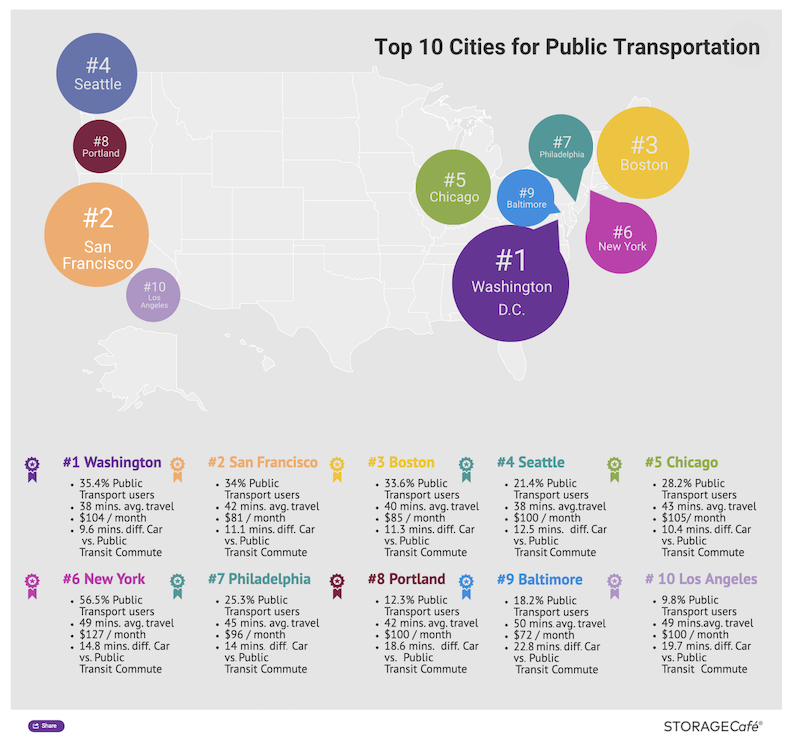
STORAGECafé ranks Washington DC as the No. 1 public transit city in the country, based on such factors as users per population, travel time, and commuter costs. Image: STORAGECafé
Washington’s public transit ranking is followed by San Francisco, Boston (which on Nov. 4 decided to convert its commuter rail network into a regional rail network), Seattle, Chicago, New York, Philadelphia, Portland, Ore., Baltimore, and Los Angeles.
STORAGECafé acknowledges the challenges associated with providing public transit service in large cities that, in many cases, are experiencing population growth. It notes that improving public transit “requires planning and legislation, which can take time.” But many of America’s metros, already clogged by vehicular congestion, have little choice but to move toward public transit as a means of moving people to and from where they live, and to present their cities as attractive options for businesses.
The benefits of public transit are manifold, says the report, especially in light of the 4.5 million serious injuries and 40,000 fatalities caused by car crashes last year, according to the National Safety Council. STORAGECafe’s report contends that public transit is 10 times safer than driving a car, and uses less fuel per passenger, which means cleaner air for cities. (The U.S. Department of Transportation states that public transit produces 95% less carbon monoxide than private vehicles.)
The report also suggests that public transit is less stressful than individual driving. It cites a study of Millennial mobility by the American Public Transportation Association and the Transit Cooperative Research Program, which found that public transit is conducive to Millennials’ preferences for working and socializing online while they travel.
The notion that public transit is the preferred mode for mostly lower-income commuters is starting to change, too. STORAGECafé found that 23.3% of public transit users earn more than $75,000 annually, compared to 17.6% in that earnings bracket in 2010.
Related Stories
Mixed-Use | May 24, 2017
Schmidt Hammer Lassen Architects will develop mixed-use project on former site of Carlsberg Brewery
The 36,000-sm project will cover a city block and include a residential tower.
Mixed-Use | May 23, 2017
45-story tower planned for Miami Worldcenter
Pickard Chilton Architects will design the 600,000-sf 110 10th Street.
Movers+Shapers | May 8, 2017
Movers + Shapers: Charm City's lucky charm
Under Armour’s Kevin Plank launches a $5.5 billion redevelopment to transform Baltimore into “the coolest city in America.”
Urban Planning | Apr 24, 2017
No Small Plans hopes to inspire Chicago teens to design the city they want
Launched with a Kickstarter campaign, the Chicago Architecture Foundation aims to get No Small Plans into the hands of thousands of Chicago teens.
Urban Planning | Apr 20, 2017
Times Square renovation officially opens
The Snøhetta-designed project nearly doubles the size of public space at one of the most visited attractions in the U.S.
Architects | Apr 20, 2017
‘Gateways to Chinatown’ project seeks the creation of a new neighborhood landmark for NYC’s Chinatown
The winning team will have $900,000 to design and implement their proposal.
Green | Apr 14, 2017
Sunqiao looks to bring agriculture back to Shanghai’s urban landscape
Vertical farms will bring new farmable space to the city.
Industrial Facilities | Apr 12, 2017
Energizing the neighborhood
The Denny Substation in Seattle is designed to give local residents a reason to visit.
Urban Planning | Apr 3, 2017
Capturing the waterfront draw
People seem to experience a gravitation toward the water’s edge acutely and we traverse concrete and asphalt just to gaze out over an open expanse or to dip our toes in the blue stuff.
Urban Planning | Mar 31, 2017
4 important things to consider when designing streets for people, not just cars
For the most part what you see is streets that have been designed with the car in mind—at a large scale for a fast speed.



